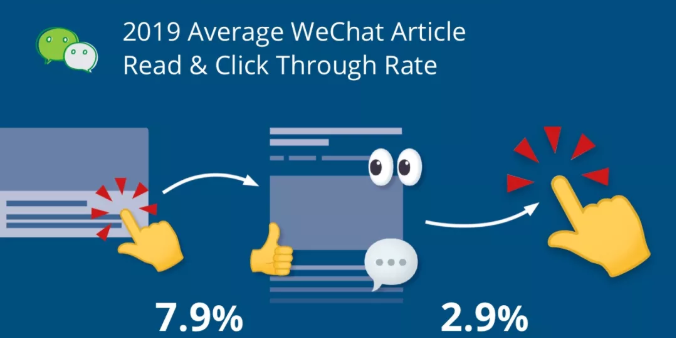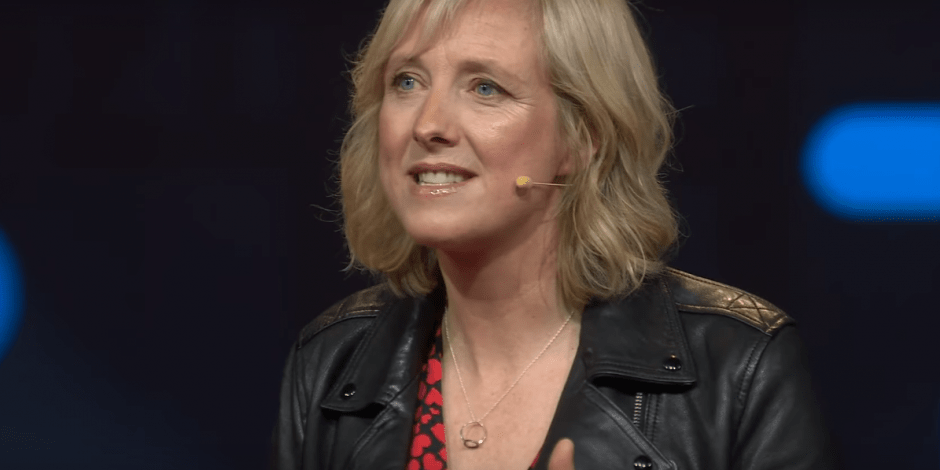By Thomas Hobbs
Marketers must stop prioritising strategies built around cookie data if they’re to succeed in the 2020s. Speaking on a panel at The Drum’s Predictions 2020 event at Sea Containers this week, Andy Chandler, Adjust’s VP for UK and Ireland, called for brands to evolve in the post-cookie world and start to work out whether they’re truly adding value to their customers’ lives.
“With Google Chrome getting rid of third party cookies, brands need to start looking at data differently or they’re going to very quickly get left behind,” he explained. “We are moving into a cookie-less world, where consumers are interacting more with apps than browsers, so the way we measure data needs to truly reflect that. We need to keep evolving and keep up with where people are, ensuring we add real value to their lives.”
A recent feature by The Drum explored the impact of Google’s plans to “render third-party cookies obsolete” and how brands must now respond. According to Ed Preedy, chief revenue office at Cavai, one solution could be for brands to use online messenger apps to speak directly to their consumers. He says messenger apps can ensure more tailored advertising and better conversion rates when it comes to making a purchase.
He added: “In 2019, there were 73 trillion posts across all messaging apps. And in markets like APAC and Latin America, something like 63% of consumers purchased over a messaging app or spoke directly to a business. These are becoming hotbeds for commercial opportunity and it will only grow in the decade ahead in the UK too.
“Messaging apps allow for a genuine two-way interaction. They qualify what users want and who they are almost instantly, so therefore the advertising that runs is contextually relevant. They will become so much more important as cookies start to dissipate. I think there will be a wider move to more personalised platforms, where advertising is less random.”
It was a frank assessment that Tanzil Bukhari, managing director for EMEA at DoubleVerify, very much agreed with. He insisted consumers now want to see more relevant advertising and that getting rid of cookies will ensure this happens more consistently. “The Google Chrome announcement will mean publishers have to offer much richer and directional content, and that’s only a good thing.”
Using data in the right way
But there was also a message of caution in the air, with Vodafone’s brand director Maria Koutsoudakis warning that brands and agencies who prioritise data too heavily risk becoming irrelevant, on a panel earlier that morning alongside Ogilvy CEO UK, Michael Frolich. Koutsoudakis asked the audience: “When was the last time you spoke to a customer? If you stood back from click attributions and A/V testing then what do you really know about your customers now?
“By only really focusing on data, there’s a risk we create a generation of marketers who don’t understand brand, consumers or behavioural change and aren’t agile enough to cope with it. There needs to be more of a blend of people being on the ground, really speaking to their customers, as well as having a good data strategy. If marketers only care about digital metrics then there’s a risk they become irrelevant in marketing in the 2020s.”
With consumer data obviously so important to the UK mobile network’s business, she admitted it has taken a back step to ensure it’s precious about protecting it. “We don’t sell this data as we can’t afford to lose our consumers’ trust,” she admitted. “Being so cautious might mean we get left behind, but I think it’s worth it as we can’t take any chances.”
Frolich agreed with Koutsoudakis’ sentiment. In the 2020s, he said ad agencies shouldn’t be using client and third party data unless they can absolutely prove it has a positive impact on creativity and this in turn enriches the lives of their customers.
“We aren’t a data company, we are a creative agency,” he insisted. “We use client data and third party data to feed our creativity and build better work that consumers then enjoy. If you’re using this data and it isn’t creating better human insights then you’re using it incorrectly.
“Agencies have bought big data companies and it isn’t working because they’re not using the information to create better marketing. If we can work with a client like Vodafone and use their data to feed better creativity then we’re winning.”
The sentiments around trust were picked on another panel, where Courtney Wylie, VP of product & marketing, Mention Me had a word of caution: “We’re going to continue to see this evolving trend of lack of trust. A declining trust in influencers, brands, marketing channels.”
However, the way the relationship between agencies and brands works will become a lot more adaptable over the coming years, with a one-size-fits-all approach now completely redundant. John Readman, CEO & Founder, Modo25, explained: “In past there were only two options: work with an agency or do something in-house, but we will see these lines blurring more and more. There’s no reason why a combination of both won’t be the best way forward.”
Talking about the way forward, Andrew Challier, chief client officer, Ebiquity predicted that the industry will finally see “the rebirth of creativity and the importance of creativity in engaging people and reaching people in a meaningful way.”
A more ethical way of thinking could impact Facebook and Amazon
As we move further into the 2020s, some of the event’s panellists warned that established retailers and social media brands could start to fall short, as consumers switch to a more ethical way of thinking.
“Yes, lot’s of people still buy off Amazon, but the fact Brits also want to become more engaged with their local community means independent retailers should be confident heading into this new decade,” predicted Hero Brown, founder of Muddy Stilettos.
She explained further: “We’ve noticed a real shift in our readers wanting to support the high street more and more, and there’s this ethical thinking coming through, which could be detrimental to an Amazon. Shoppers want real-life experiences, even from online brands. They’re starting to get tired of faceless fast transactions and want to see brands brought to life in a more physical way. This trend will only intensify in 2020.”
Meanwhile, Darren Savage, chief strategy officer at Tribal, would like to see Facebook’s dominancy recede in the social media space. “I think major firms who consistently lie will come unstuck in the 2020s as people won’t put up with it anymore,” he said. “An immoral toxic cess-pit like Facebook will come tumbling down.
“The blatant lies they tell around consumer data will mean people will leave the platform in much bigger numbers. Truth is more important than ever before and just being a big business isn’t going to protect you if you mislead consumers.”
Proving you’re making a difference
This ethical way of thinking also extends to a brand’s commitment to sustainability, and Misha Sokolov, co-founder of MNFST, believes this will only rise in importance over the coming years.
“I spoke recently to someone at the Volkswagen Group and he was telling me how they calculated they were responsible for 1% of all global emissions, and that’s why they now want to be carbon neutral within 10 years,” he said. “The smartest brands won’t just put a nice message on their packaging, but do something that has a provable positive impact on the environment and helping reduce climate change. It must happen automatically as brands will lose market share if consumers don’t think their being ethical enough. There’s no excuse in the 2020s.”
And businesses shouldn’t just think of sustainability in environmental terms either, with it also being just as wrapped up in how a brand and business treats its employees. Stéphanie Genin, global VP of enterprise marketing at Hootsuite, says employee advocacy will be a huge trend moving forward, as consumer want to ensure their favourite brands treat their staff good before supporting them with a purchase.
She added: “Employee advocacy and employee generated content will become so so important. When you empower employees to be the communicator of what your business stands for it really adds to brand value and boosts sales. I think marketers are missing a trick by not prioritising this more heavily.”
However, Readman, added none of this will work unless it’s part of a global governance policy. “It’s all good being sustainable and doing good things for employees in one market, but if it’s not something you’re doing consistently across the board then consumers will work it out and there will be a backlash.”
Meanwhile, for John Young, executive creative director and co-founder, M-is, as brands start to really understand the consumers through personal engagagement, “the advertising budgets will transfer into experiential budgets.”
Be as safe as possible
Another topic of conversation that came up throughout the day was brands ensuring the data they keep on consumers remains safe, especially as more and more of their ads are traded programmatically.
Francesco Petruzzelli, chief technology officer at Bidstack, said that 13% of global ads are currently fraudulent and that while major brands know it’s a “big issue”, they’re not necessarily doing enough to prevent it. “We acquired a publishing guard to protect publishers, but I find a lot of people aren’t thinking seriously enough about this issue. It won’t go away!”
Dan Lowden, chief strategy officer at Whiteops, added how he recently worked with a major brand who believed bots were accounting for up to 5% of fake views of its £10m campaign, but says his team worked out they were actually accounting for 36% of traffic.
Looking ahead, he concluded: “The bad guys aren’t going to let up and will keep on persisting with cyber crime in the 2020s. We all need to be serious about tackling this problem and do more to collaborate as an industry to ensure that marketing dollars are genuinely being spent on human engagement and not just robots.”















